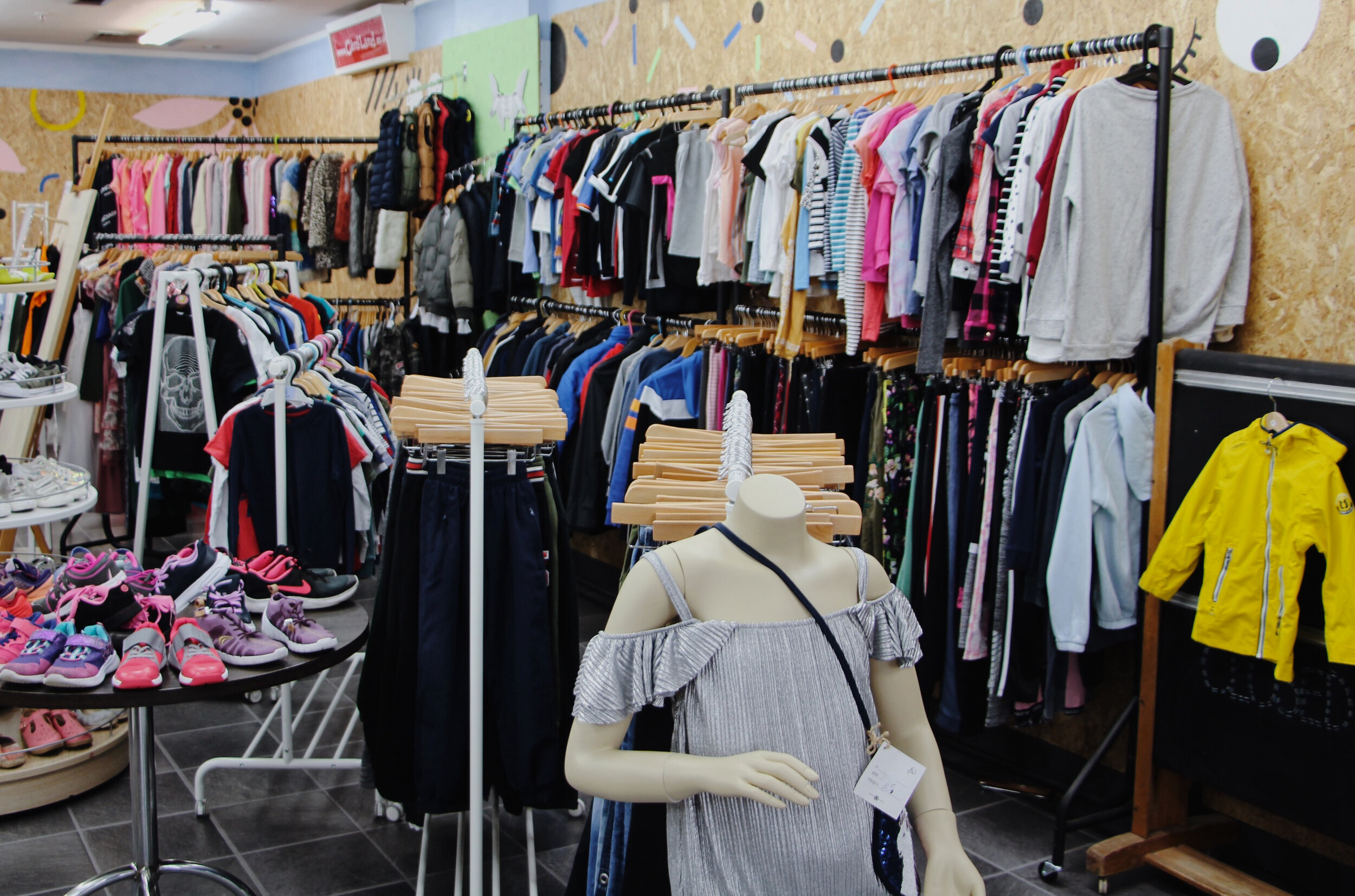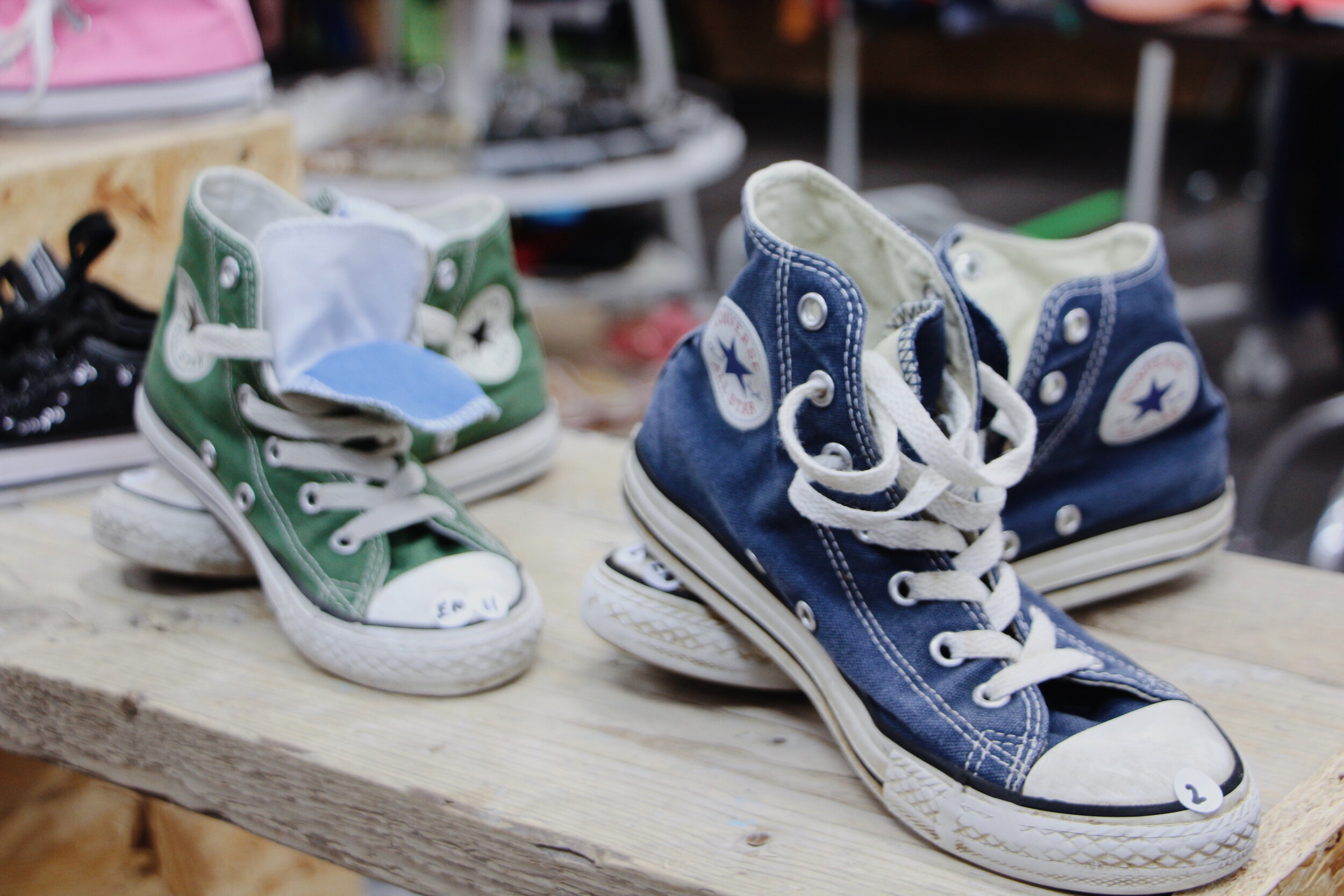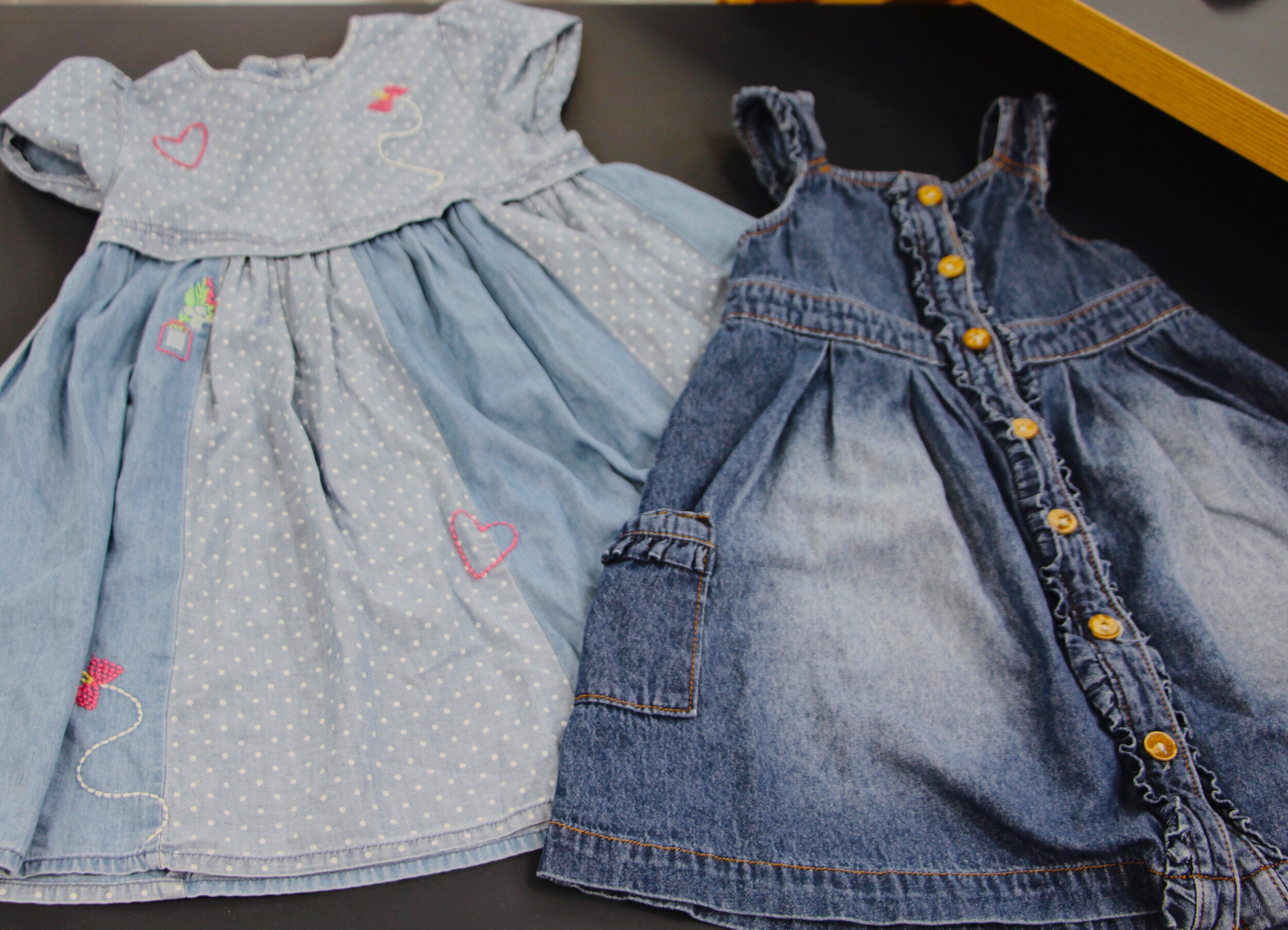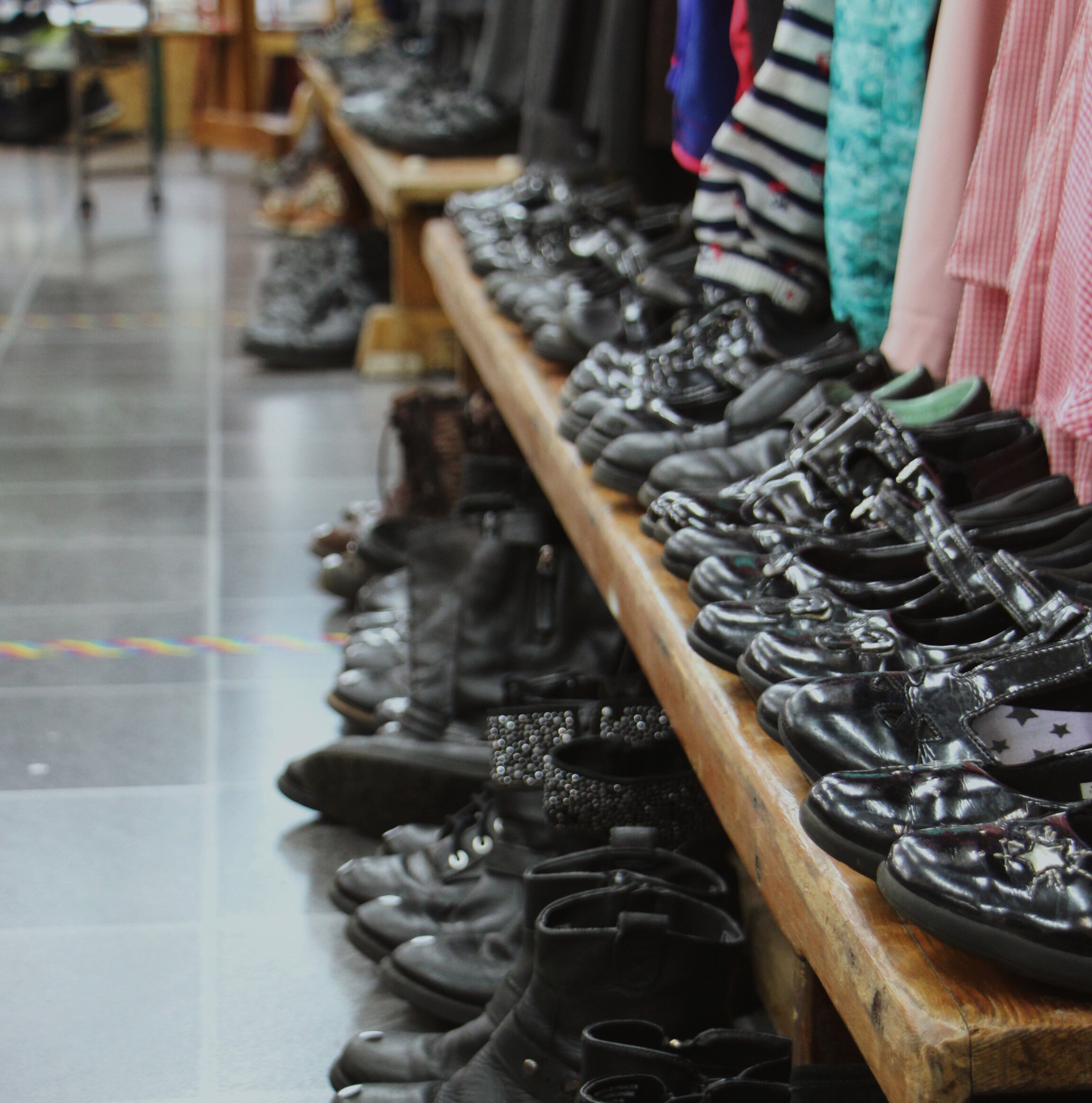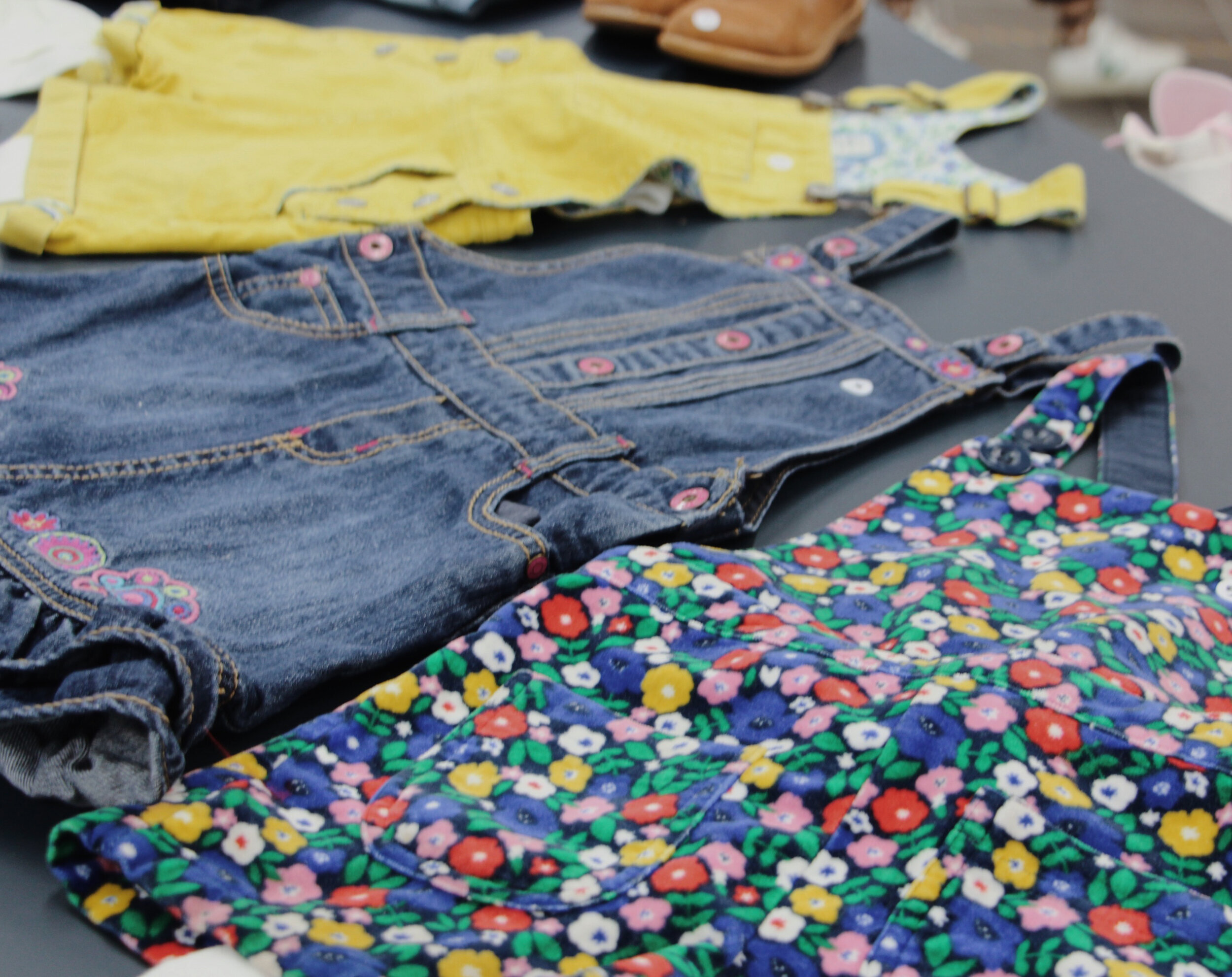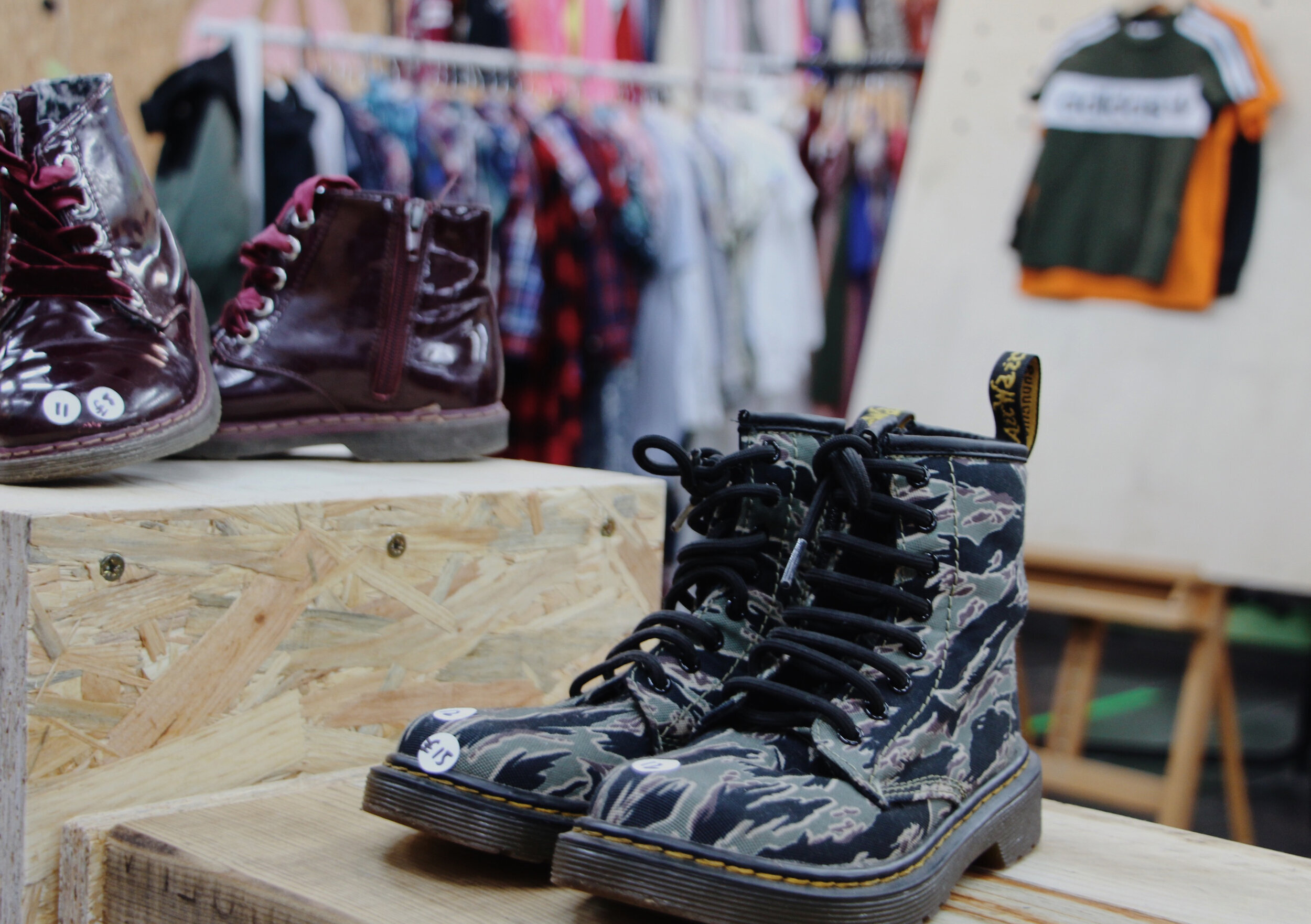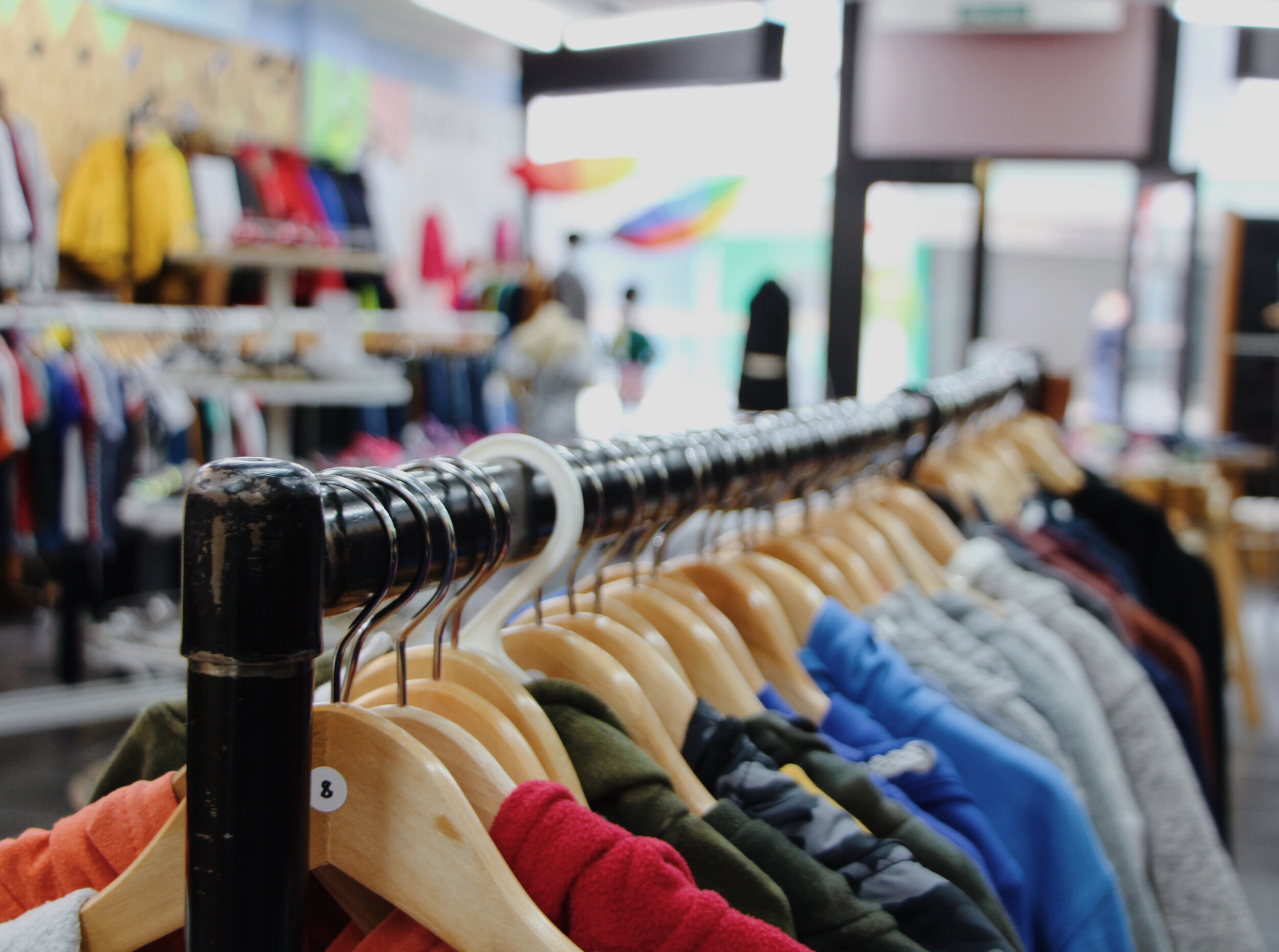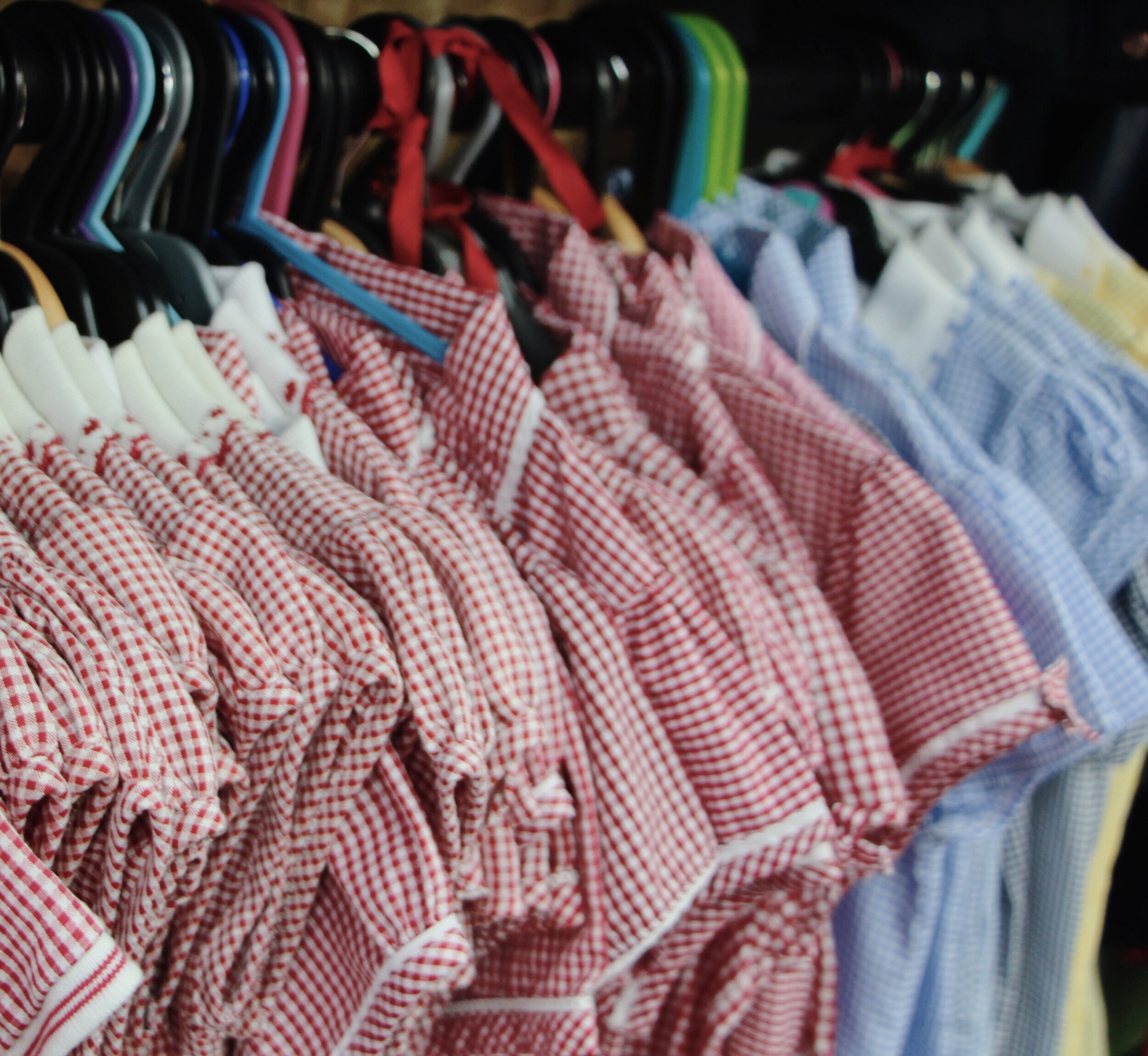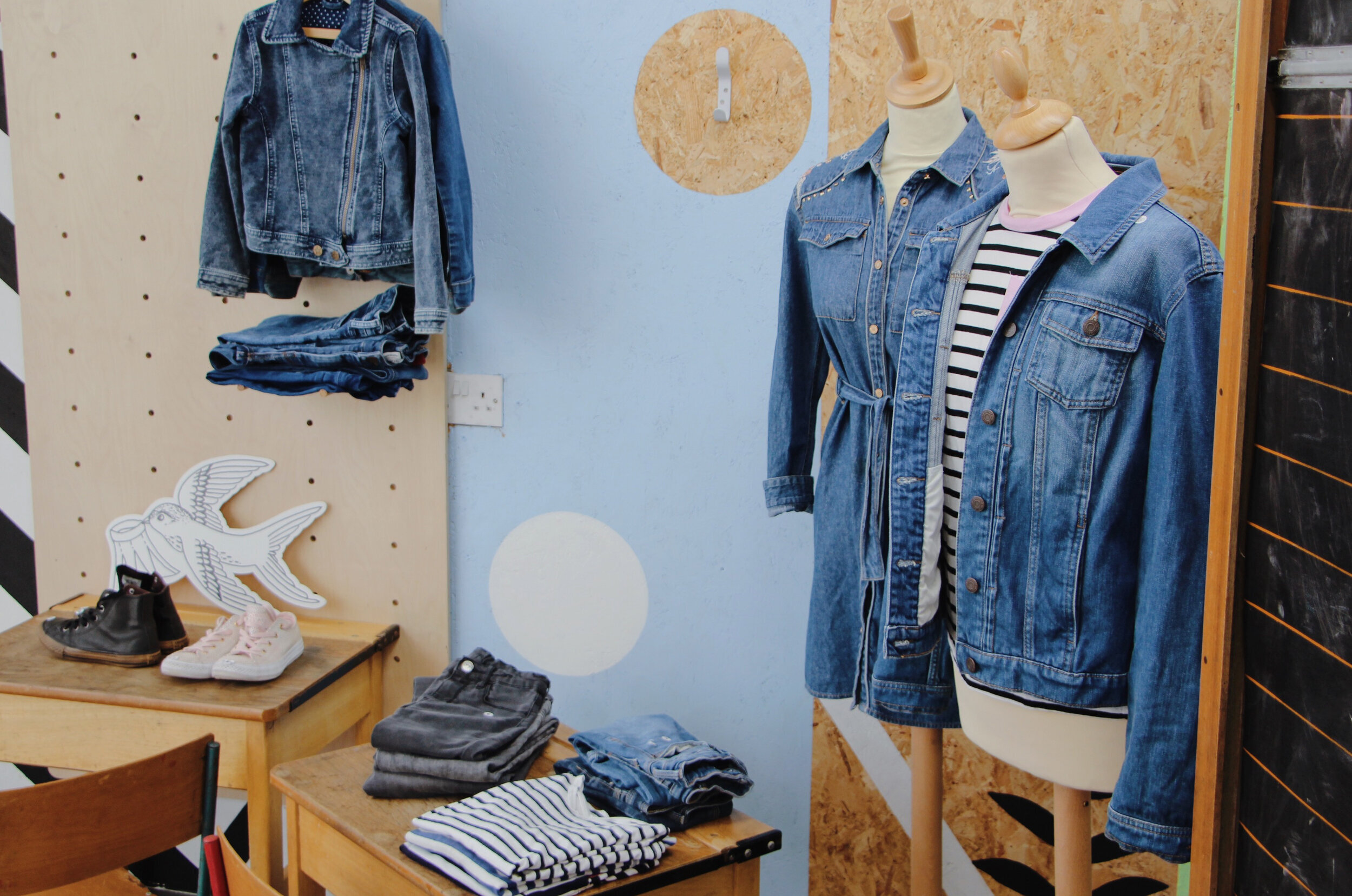Repair, Reuse, Resale: Reimagining Kids Clothing with ApparelXchange*
*this is sponsored content
Did you know the average parent spends well over £230 a year on school uniform per child, excluding PE kit? The vast majority of this is made from synthetic materials so it’s hard wearing, washable and crease-resistant, and it’s replaced regularly as kids outgrow and wear out their clothes at breakneck speed. The staggering financial and environmental cost of children’s clothing is finally starting to hit the mainstream sustainable fashion movement, but how can we create an ecosystem of affordable, accessible, environmentally conscious clothing that parents and kids like?
Stating the obvious upfront, I do not have kids, nor am I a kid. In fact, I haven’t fit into kids clothing since I was about 11 (tall girl problems). But I regularly consider the echo chamber of the ethical fashion community and how parents are too often excluded from the conversation. From shaming fast fashion shoppers who simply need clothing for their growing kids, to our unwavering focus on ethical childrenswear brands that are way out of budget for the average family, it’s time to shift the narrative.
A couple of weeks back, I put my mask on (these Sabinna ones are my current favourite) and hopped on a train for a visit to ApparelXchange, a store in Glasgow’s St Enoch Centre selling second-hand clothing and school uniform for children aged around 5-16. ApparelXchange is a social enterprise founded by Izzie Eriksen in 2017, launched after Izzie explored options for creating a sustainable product and realised the most sustainable option would be to reuse, repair and resell preloved garments, creating a uniquely circular model for kidswear. Beyond just retail, ApparelXchange also offers repairs, workshops and skills exchanges in their sustainable childrenswear hub and in local schools. Plus, the project now spans UK wide, selling clothing and shoes for all ages and genders from their online shop, perfectly timed for pupils returning to schools across the country.
While I toured around the shop, I chatted with Izzie (who happens to also be a member of Fashion Revolution Scotland, Sustainable Fashion Scotland, and has worked for Zero Waste Scotland for over 7 years), on her vision for the future of sustainable childrenswear.
Why school uniforms? Was there a lightbulb moment that spurred you on to launch ApparelXchange?
Because children grow so quickly, they move through clothing really quickly too. Much of it hardly worn, this is so wasteful and could be considered a form of fast fashion. It isn't just clothing, but footwear, jackets, school uniform, even pants and socks.
My inspiration and mission is to provide a circular business model where families don't need to own clothing, but just to have access to it. To be able to exchange smaller sizes for larger or seasonal styles through the year. And to do this is a way which is affordable, where they know the product is high quality, and that waste is minimised. [I want for] ApparelXchange to become a hub for skills learning, and for young people to understand the value of clothing. We are working on this model and really need to scale up to be able to offer this - but we are getting there!
What can we do to move past the stigma of second hand and repaired clothing?
Overcoming the stigma of second hand is really about developing a connection with the value of things. When you understand what it takes to make something, then you want to value it for as long as possible. The story of how things are made and who they are made by has been lost over the years, so we need to tell the story of clothing again and learn how to be more resourceful; this is all part of shifting our behaviours.
We have previously worked with primary schools across Glasgow, providing sessions on the clothing supply chain and helping pupils understand what they can do to be more sustainable, from looking after their clothing at school and practicing simple repairs. It’s all about empowering both children and parents to make a difference.
Why is it so important to target both environmental and social issues in your business?
ApparelXchange is a responsible business and we’ve always been committed to a triple bottom line. Our social enterprise model not only has an environmental agenda, but is here to create employment and training opportunities. We also aim to help tackle inequalities by offering free school uniforms for young people in need - recently we provided packages to 189 families which equated to over 3000 garments.
What is encouraging is that we now see large corporations following the BCorp model and understanding that it’s time to shift the emphasis away from the financial, ensuring all aspects of our society and environment are considered. However, we do need legal changes to make sure big business is held accountable, and help level the playing field for responsible businesses like ours who operate in a way which is equitable, and cares for the community and planet.
What’s next for ApparelXchange?
We are launching a service which combines our physical shop with a virtual shopping experience. We know people don't always feel comfortable visiting the shops during Covid-19, and taking children shopping can be stressful. So, now our customers can send us a brief including their child's age, sizing and style preferences. Then, we video call them, walk them through what we have in stock, they make a selection and we package up a parcel. A simple but smart option that helps minimise waste from returns and the uncertainty of online ordering by offering a strong focus on customer needs.
What struck me most in my conversation with Izzie was the importance of influencing sustainable behaviour from a young age. While it can be easy to assume that children simply wear what they are bought by adults, thinking back to my own childhood, I was a real diva about my fashion choices and certainly made my tastes clear with the Next Directory and a blue biro raring to go. As a teenager, with pocket money in hand, fashion so quickly becomes part of our ever-evolving identity, expressing emotions we don’t quite know how to communicate yet (my Avril Lavigne emo phase proved this point in vivid detail).
Dressing up in too-short shorts and too-high heels, aimlessly window shopping in Topshop (my teen mecca), rifling through jumble sale bins and charity shop rails, sewing on sequins to second-hand jackets, buying t-shirts adorned with bands I’d never listened to, trying on every single item in a friend’s wardrobe after school - these are all such formative memories to me, shaping my relationship with fashion and sustainability to this day. As I wandered around ApparelXchange, plucking through the most adorable and insanely high-quality clothes that I only wish came in my size, I considered what kind of impact it might’ve had if I had been able to access a place like this when I was growing up.
None of us were born with a penchant for exploitative, wasteful fast fashion. None of us were born consumers. Our behaviours are learned as we grow, and projects like ApparelXchange gives me hope that more positive ethical fashion behaviours can be learned too, one recycled school uniform at a time.
Find out more and shop online at apparelxchange.co.uk, and follow their journey on Instagram @apparelxchange
